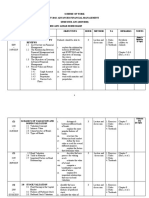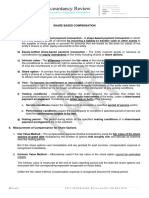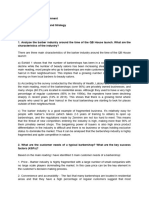100% found this document useful (1 vote)
3K views30 pagesMastering Market Structure (DAYS)
The document provides an educational guide on mastering market structure and trading effectively using Wyckoff's Method, which focuses on understanding market phases: Accumulation, Manipulation, and Distribution. It emphasizes the importance of liquidity in trading, detailing how institutions manipulate price to capture liquidity and the significance of market bias in decision-making. Additionally, it introduces concepts like Points of Interest, Order Blocks, and Fair Value Gaps, which help traders identify high-probability trade setups.
Uploaded by
krsnapanchtilakCopyright
© © All Rights Reserved
We take content rights seriously. If you suspect this is your content, claim it here.
Available Formats
Download as PDF, TXT or read online on Scribd
100% found this document useful (1 vote)
3K views30 pagesMastering Market Structure (DAYS)
The document provides an educational guide on mastering market structure and trading effectively using Wyckoff's Method, which focuses on understanding market phases: Accumulation, Manipulation, and Distribution. It emphasizes the importance of liquidity in trading, detailing how institutions manipulate price to capture liquidity and the significance of market bias in decision-making. Additionally, it introduces concepts like Points of Interest, Order Blocks, and Fair Value Gaps, which help traders identify high-probability trade setups.
Uploaded by
krsnapanchtilakCopyright
© © All Rights Reserved
We take content rights seriously. If you suspect this is your content, claim it here.
Available Formats
Download as PDF, TXT or read online on Scribd
/ 30

























































































